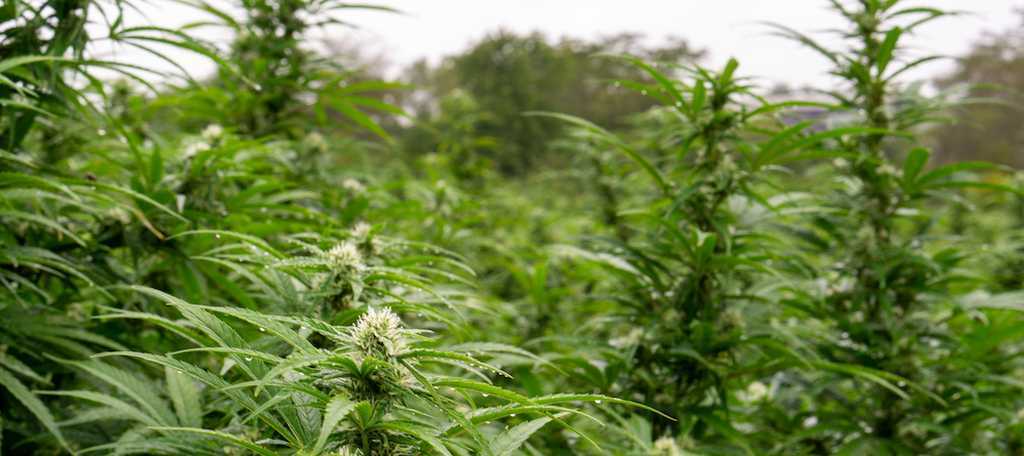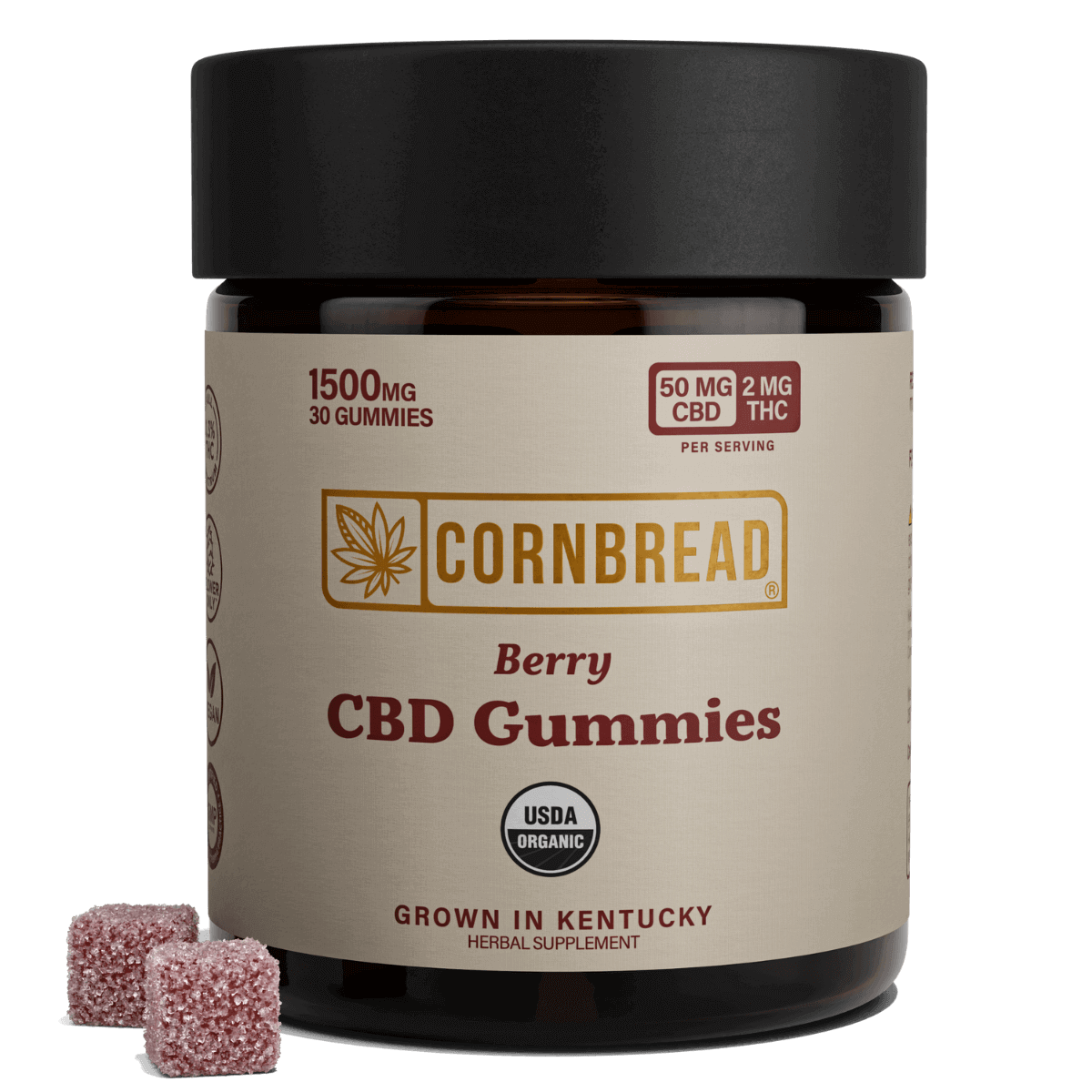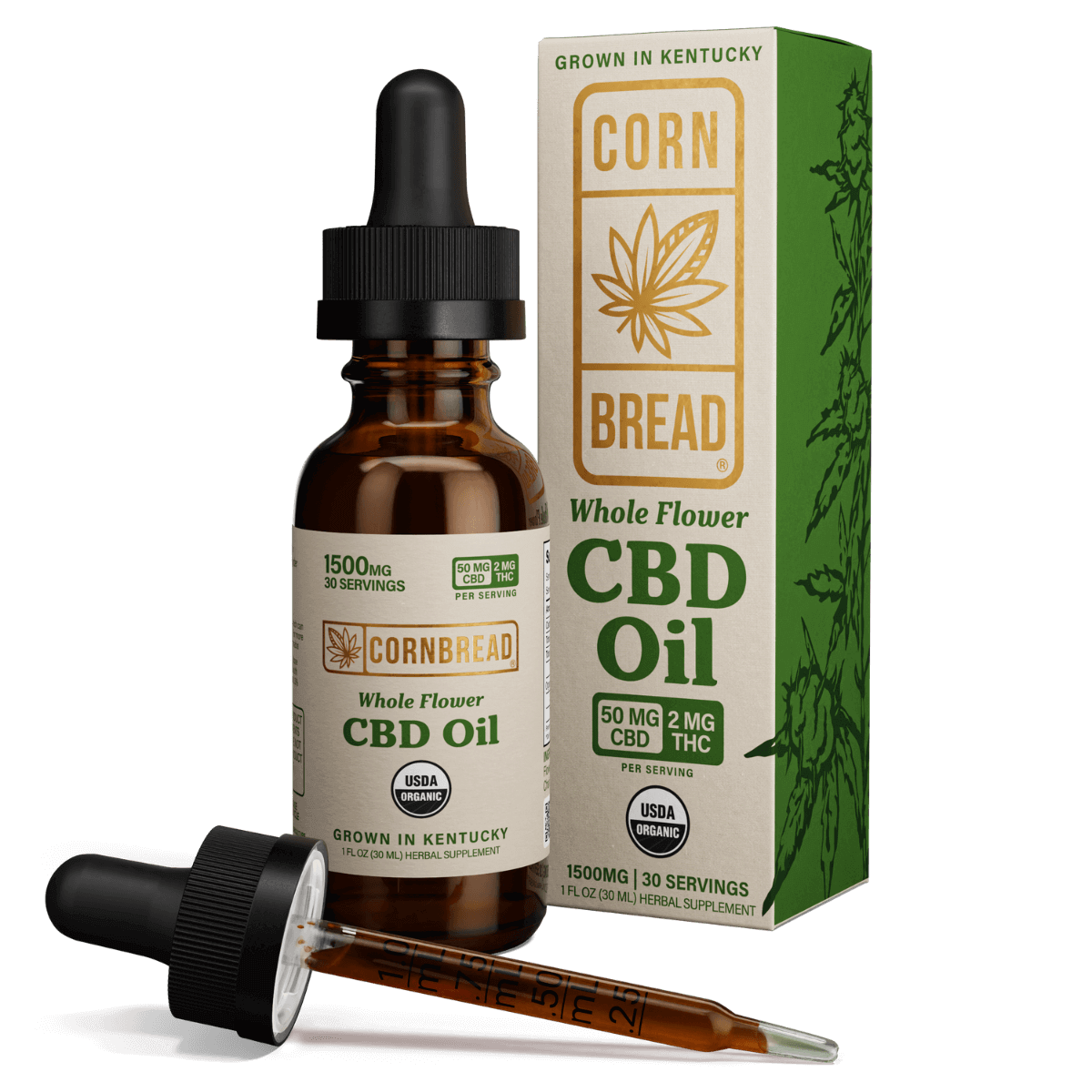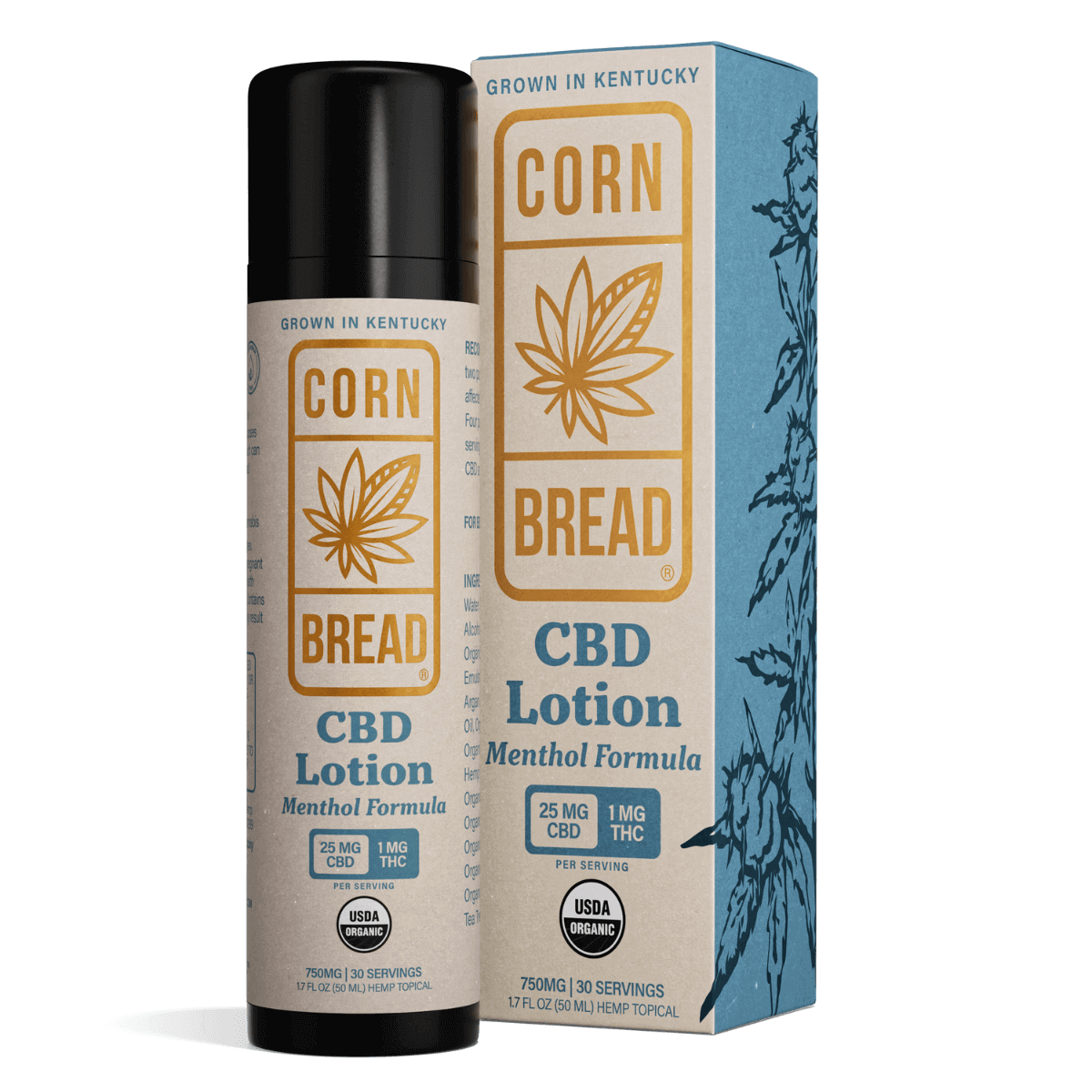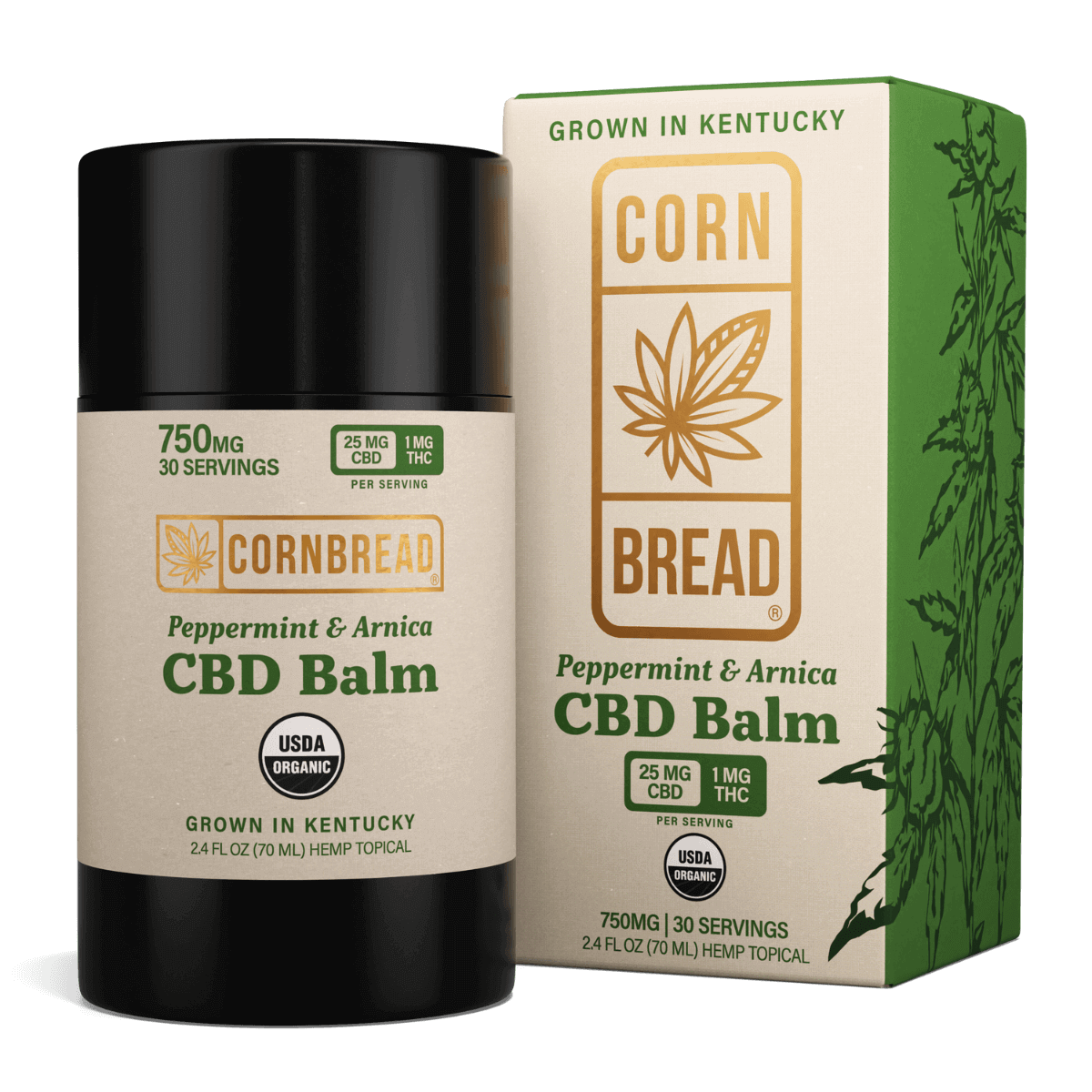Table of Contents
What is CBG?
The cannabinoid known as CBG has been receiving a lot of attention lately. Scientists, consumers, and people within the hemp and cannabis industries have been talking about the potential benefits of CBG. The short version is that CBG is very similar to CBD in that it is a non-intoxicating cannabinoid that does not get you high. But what else do we need to know about CBG vs CBD?
CBG remains a rather rare cannabinoid in the great scheme of things, and what we know about CBG may be rather limited. But what is CBG, and what is the difference between CBD and CBG? Read here to learn more about CBG vs CBD!
WHAT ARE CANNABINOIDS?
Before getting into the specifics of CBG, and what the difference between CBD and CBG could be, it’s important to understand what cannabinoids are. Cannabinoids, often called phytocannabinoids, are compounds exclusively found in cannabis plants. The most notable cannabinoid is tetrahydrocannabinol, or THC, the primary psychoactive compound in cannabis. The second most notable cannabinoid is CBD, the primary non-intoxicating compound found in hemp strains. There are at least 144 different cannabinoids in cannabis, and each has its own potential effects on the body.1
These cannabinoid compounds, including CBD, THC, and CBG, interact with the body’s endocannabinoid system, which exists in all animals. This network of cannabinoid receptors run throughout the body, from the central nervous system, to the organs, and even the skin. Cannabinoid compounds bind to the cannabinoid receptors in the endocannabinoid system, and trigger balancing reactions from the body’s other various systems, according to the latest research.
Cannabinoids develop from resin secreted by hemp flowers and start their lives as an acidic form of CBG called cannabigerol acid, or CBGa. That’s the first cannabinoid that the flowers produce. Then, the CBGa turns into three proto-cannabinoid acids— tetrahydrocannabinolic acid (THCa), cannabidiolic acid (CBDa), and cannabichromenic acid (CBCa). These three compounds are the precursors to the cannabinoids we are most familiar with — CBD, THC, CBG, and CBC, among others. This transformation is called a “cascade reaction.”2
In order for a cannabinoid to interact with the endocannabinoid system, current research suggests that the acid component, or the “a’ in many of these abbreviations, must first be removed in a chemical process known as “decarboxylation.” Most instances of decarboxylation involve the application of heat. For example, when marijuana users light a joint, they are decarboxylating the cannabis. Sounds fancy, huh? Decarboxylation can also occur over time as the plant ages. If you’ve ever lost your stash and discovered it months later, you already know that.
The hemp plants grown for Cornbread Hemp are from a proprietary strain that is bred to have a high profile of minor cannabinoids, including small amounts of CBG. You can find these listed on our third-party lab report results right on our website. We perform those tests on every single batch of CBD products that we make, so you’ll know exactly what you’re getting in the products that you buy from us.
WHAT IS CBGA?
Cannabigerolic acid is the grandparent molecule of all cannabinoids. CBGa does this by developing into the three major cannabinoid precursors: THCa, CBDa, and CBCa. These cannabinoid acids go on to become THC, CBD, and CBC and others in the cascade effect. In some cannabis strains, CBGa can also develop into CBG. CBGa was first discovered in the 1960’s by an Israeli research team led by Dr. Raphael Mechoulam.3
But despite being known to science for nearly 60 years, very little is known about CBGa’s potential. Like many aspects of cannabis science, more research is needed on CBGa, especially on human subjects.4
Most of the research into CBGA has focused on sustainable production of THCa for pharmaceutical and research uses. This research specifically has looked at how CBGa converts into THCa, according to Leafly.5
CBGa provides protection for the hemp plant’s flowers, and to a lesser extent for the rest of the plant. It is produced in the plants’ trichomes, or the little hair-like features on the plant’s female flowers that make them look like they sparkle in the sunlight.
WHAT IS CBG?
Cannabigerol (CBG) comes from the precursor CBGa. Because most CBGa develops into THC and CBD, CBG is a rare cannabinoid to find in a full spectrum hemp extract.6
CBG was first isolated in 1964.7 Despite being known to science for more than 50 years, research into CBG is still at a preclinical stage. However, studies that have looked into CBG may suggest that it holds considerable promise.8
While a significant number of animal models and pre-clinical research has been conducted on CBG, more research is needed. This is because decades of federal prohibition have limited researchers' ability to study the beneficial aspects of the cannabis plant.9 Some research has suggested that the small amounts of CBG found in cannabis may have potential therapeutic effects.
WHAT IS CBD?
Cannabidiol (CBD) is the second most prevalent compound in cannabis plants. CBD was first isolated in the late 1930s, but then it was neglected until the 1970’s, when scientists became more interested in its potential wellness properties.10Unlike its cannabinoid cousin tetrahydrocannabinol (THC), CBD is non-psychoactive and will not get you high.
In recent years, the CBD industry has made cannabis products popular as wellness supplements because hemp was made legal under federal law. The 2018 Farm Bill redefined hemp as any cannabis plant that contains less than 0.3 percent THC, which legalized its growth and production.
Now, CBD oil products are available across the country and can be shipped right to your door. Some CBD oils are made with CBD isolate, which means that you are getting 99 percent pure CBD with none of the other cannabinoids present in the hemp plant. Or you can purchase full spectrum CBD oil, which comes with all those other cannabinoids in their natural ratios. Experiencing all the cannabinoids together is known as the “entourage effect.”
There still needs to be more research on the potential therapeutic benefits of CBD, especially on human subjects.
HOW IS CBG DIFFERENT FROM CBD?
Both CBD and CBG are non-intoxicating cannabinoids that share similar potential benefits. When paired together, they may increase each other’s effectiveness with “the entourage effect."11 The molecular structure of CBD and CBG may be different, and therefore bind with the body's cannabinoid receptors in different ways. Molecular structure also determines the bioavailability of a cannabinoid, and its solubility in water.
CONCLUSION
The cannabinoids CBG and CBD “play nice” with each other when they are both included in a full spectrum CBD product. These are just two of the more than 144 compounds that are created by the hemp plant and that descend from initial acidic form of CBG, CBGa, which is the first to emerge in the resin of the hemp flowers.
CBG and CBD are just two cannabinoids that participate in the entourage effect in Cornbread Hemp’s CBD oil with THC and other Cornbread Hemp products. And for something that is delicious as well as potent, we recommend our CBD gummies with THC.
Our flower-only extraction process ensures a robust level of all cannabinoids present in the organic hemp plants that we use to make Cornbread Hemp products. We believe this robust, flower-only, federally legal full spectrum cannabis extraction is more beneficial than any cannabinoid standing alone as an isolate. See our lab reports for a full understanding of the minor cannabinoids present in Cornbread Hemp products.










 Log in
Log in














